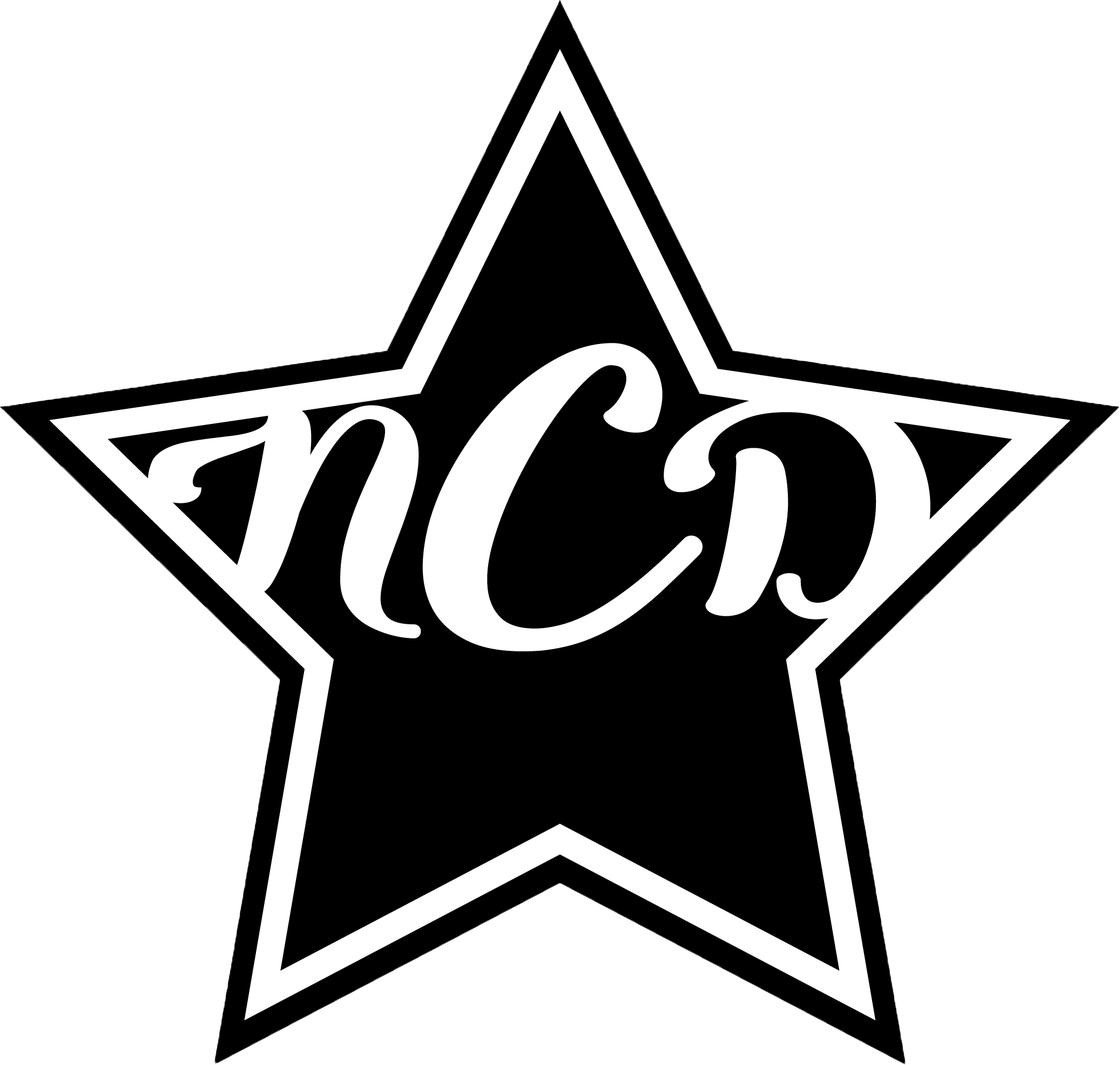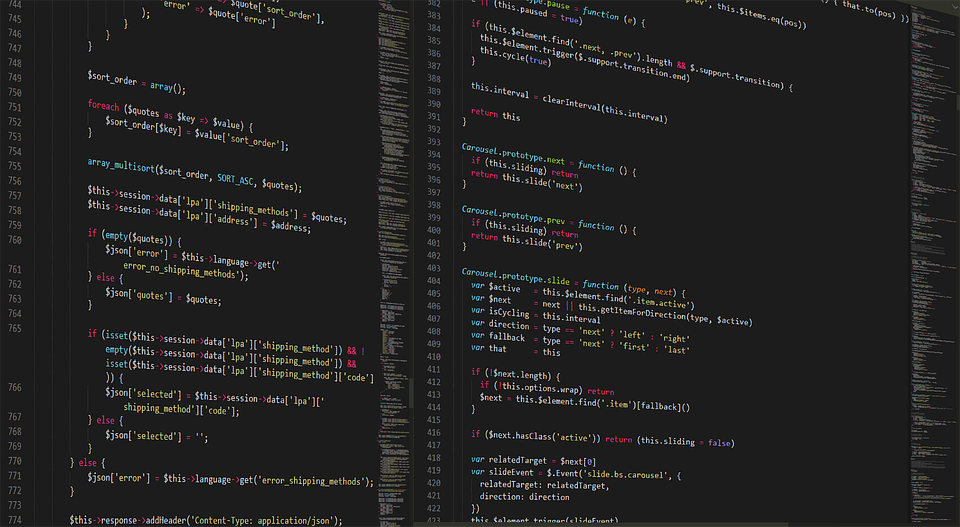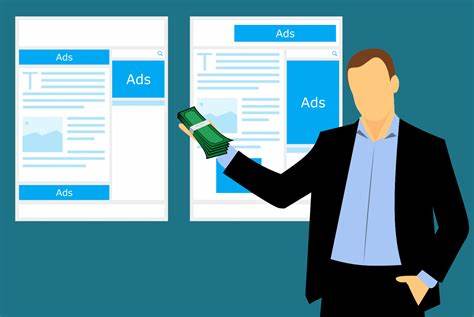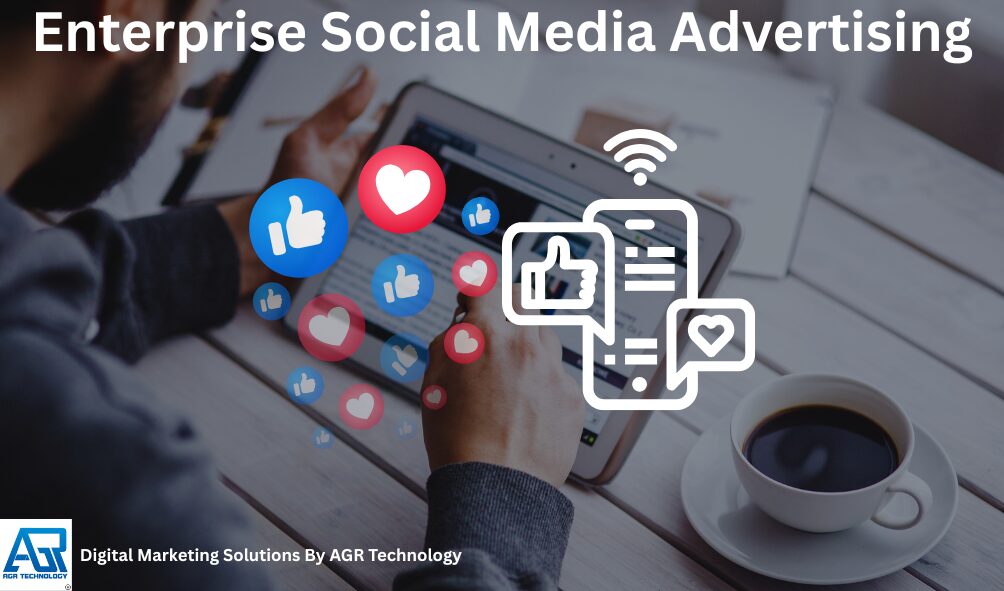
You’re managing multiple brands, regions, stakeholders, and the board still wants measurable growth. We get it. At enterprise scale, social media advertising isn’t just “run some ads.” It’s governance, data, creative operations, and attribution working in lockstep to drive revenue with control.
AGR Technology partners with teams to design, deploy, and optimize paid social programs that stand up to legal, data, and board scrutiny, while staying fast in market. On this page, we show you how we structure enterprise social media advertising for strategy, scale, and ROI, and how we can plug into your org model.
Want a plan you can take to leadership? Request a proposal or book a strategy call with AGR Technology.
Reviews from some of our happy customers:
Supporting businesses of all sizes to get ahead with digital solutions
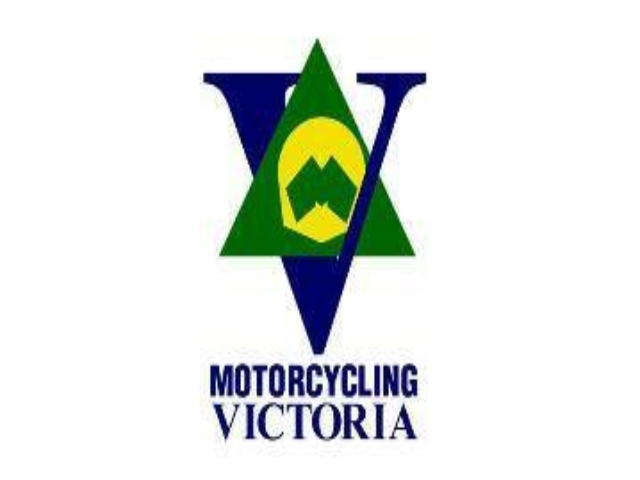
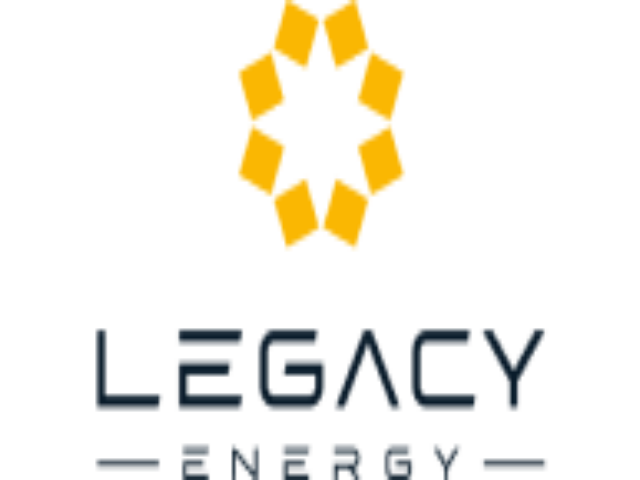
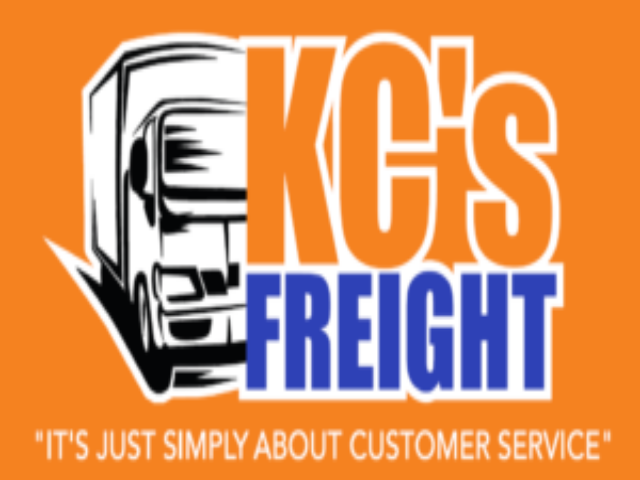
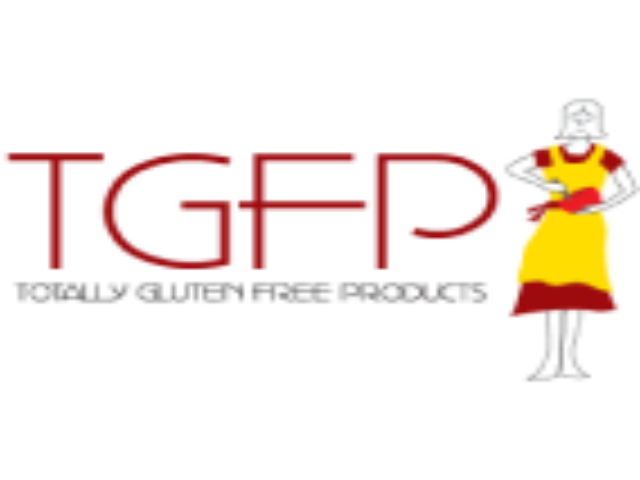
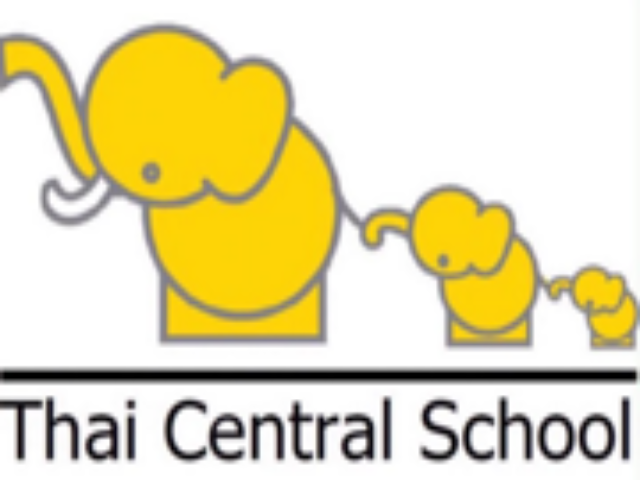
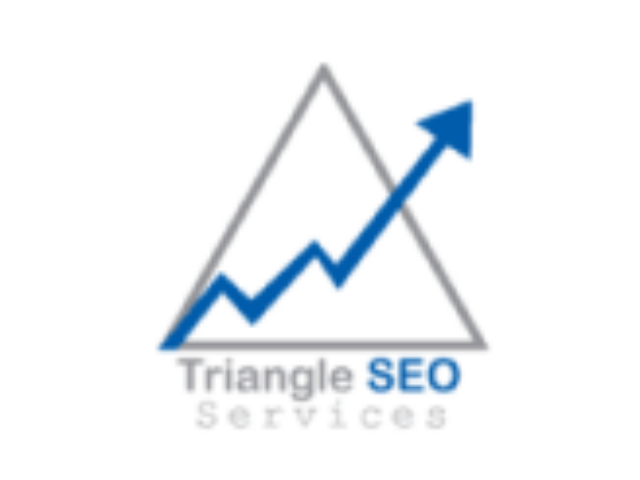
Why work with us?
The Enterprise Difference: Scale, Complexity, And Governance
Multi-Brand And Multi-Region Coordination
Enterprise portfolios rarely fit one set of campaigns. We build frameworks that:
- Separate initiatives by brand, business unit, and region without duplicating effort
- Standardize naming conventions, audiences, and UTM logic across markets
- Enable “global guardrails, local flexibility” for messaging, offers, and budgets
We can deploy hub-and-spoke workflows: a central governance layer owns strategy, taxonomy, and shared assets: local teams adapt creative, language, and offers. Shared dashboards let leadership compare like-for-like ROAS, CAC, and reach by market.
Compliance, Privacy, And Brand Safety Controls
Paid social at scale must respect privacy (GDPR/CCPA), platform policies, and internal risk appetites. We carry out:
- Data Processing Agreements (DPAs) with platforms and vendors
- Consent-driven first-party data ingestion and audience creation
- Brand safety settings, blocklists, and third‑party verification where supported
- Clear escalation paths for risk events and ad account anomalies
Our “privacy by design” approach means audience building, pixel use, and data clean-room workflows are planned with Legal and InfoSec upfront, so speed doesn’t come at the expense of compliance.
Operating Models: Centralized, Decentralized, Or Hub-And-Spoke
We meet you where you are:
- Centralized: Strong governance, shared creative systems, unified measurement. Best when brands share ICPs or product lines.
- Decentralized: Faster local response: we add common standards and portfolio-level reporting to prevent fragmentation.
- Hub-and-spoke: Central strategy and tooling: regions execute with local nuance. Often the sweet spot for global enterprises.
AGR Technology can operate as your external hub, an embedded squad within your team, or a hybrid with your existing agency roster.
Building A Channel Strategy That Maps To The Full Funnel
Role Of Paid Social Across Awareness, Consideration, And Conversion
Paid social isn’t just top-funnel. With the right audience architecture and creative, it drives impact from reach to revenue:
- Awareness: High-reach formats (video, Reels, YouTube Shorts‑style placements on partner platforms), broad interests, and category storytelling
- Consideration: Mid-funnel sequences, product education, social proof, and comparison creatives
- Conversion: High-intent retargeting, catalog/dynamic product ads, lead gen with clear value exchange, and offer testing
We align KPIs by stage, reach and VTR for awareness, CTR and engaged view metrics for consideration, and CAC/ROAS for conversion, so budget decisions reflect true funnel performance.
Selecting Platforms For Enterprise Outcomes
Different platforms serve different enterprise outcomes. We recommend and prioritize based on audience, creative fit, and sales motion:
- Meta (Facebook/Instagram): Broad reach, performance at scale, strong retargeting
- LinkedIn: High-quality B2B targeting, ABM lists, seniority layers
- TikTok: Incremental reach and cultural relevance, creative-led performance
- X (Twitter), Pinterest, Reddit, Quora: Niche and mid-funnel options when aligned with ICP and content
- YouTube (via Google): Video reach with intent signals and strong MMM support
We test for incrementality before scaling any new channel, and we right-size spend according to saturation and diminishing returns.
Audience Architecture: First-Party Data, ABM, And Lookalikes
Enterprise performance comes from strong signal quality. Our approach:
- First-party data: Consent-based CRM, site, and app data piped into platforms or clean rooms for audience building and suppression
- ABM: Company lists, role/seniority overlays, and intent enrichment for B2B pipelines
- Lookalikes/Similar audiences: Seeded from high-quality converters, not just website visitors
- Contextual and interest layers: Useful for reach and discovery where IDs/signals are weaker
We maintain tight frequency controls, suppress converters, and refresh seeds regularly to keep acquisition costs stable.
Creative And Messaging At Scale
Modular Creative Systems And Dynamic Templates
To produce hundreds of on-brand variations without chaos, we set up modular systems:
- Reusable components (headlines, CTAs, product shots, overlays) that can be mixed and matched
- Dynamic creative optimization (DCO) to tailor copy and visuals to audience signals
- Feed-driven templates for catalogs and locations
- A/B testing plans baked into briefs, not bolted on later
This keeps production efficient while giving the algorithm enough variety to learn fast.
Localization, Accessibility, And Cultural Nuance
Local markets convert when they feel seen:
- Language and spelling localization: local offers and units (prices, dates)
- Accessibility: Proper contrast, captions, readable text in motion
- Cultural nuance: Avoid imagery that clashes with local norms: use local references where relevant
We build localisation guidelines and a shared asset library so regions can ship quickly without brand drift.
UGC, Influencers, And Creator Collaborations
Audiences trust people. We incorporate:
- Creator-led ads using whitelisted handles and paid partnerships
- UGC-style content for social proof, tutorials, and FAQs
- Clear usage rights and approvals to protect the brand
Budgeting, Bidding, And Media Mix Optimization
Portfolio-Based Budgeting And Guardrails
We plan spend like a portfolio, not a set of isolated lines:
- Allocate budgets by market, brand, and funnel stage based on capacity and projected marginal ROAS
- Define guardrails: min/max spends, CAC targets, and pacing plans
- Rebalance weekly or bi‑weekly based on incremental lift and saturation, not just last‑click
Finance gets forecast ranges: marketing gets room to optimize within agreed constraints.
Automation, AI, And Signal Quality
Algorithms work best with clean signals:
- Consolidated campaigns and simpler structures to reduce learning resets
- High-quality conversion events (deep funnel) and server-side tagging for resilience
- Automated placements and Advantage/Value-based bidding where it makes sense
- Creative variety to feed learning without bloating ad sets
We pair automation with human oversight, regular audits, anomaly detection, and clear decision logs.
Incrementality, Saturation, And Diminishing Returns
We monitor when spend stops adding value:
- Geo or audience split tests to measure incrementality
- Frequency and reach curves to spot saturation
- Marginal ROAS analysis to cap budgets before returns fall off
This protects efficiency while giving you evidence to scale with confidence.
Measurement, Data, And Analytics For Enterprises
Standardized Taxonomy, UTMs, And Governance
We start with a common language:
- Campaign/ad set/ad naming that encodes objective, audience, creative, and market
- UTM standards and link governance so analytics aligns with platform data
- Central dashboards segmented by region, brand, funnel stage, and audience
This unlocks apples-to-apples comparisons and faster decisions.
MMM, MTA, And Lift Testing
No single model tells the whole story. We blend:
- Marketing Mix Modeling (MMM) for long-term, channel-level impact and budget setting
- Multi-Touch Attribution (MTA) or data-driven attribution where data quality allows
- Lift tests (platform or geo) for ground-truth incrementality
We translate results into decisions, what to scale, what to pause, and where to test next.
Clean Rooms, Data Partnerships, And Privacy By Design
For advanced teams, we enable privacy-safe collaboration:
- Data clean rooms to match first-party data with platform aggregates
- Retail media and publisher partnerships to expand reach with strong governance
- Privacy by design baked into contracts, technical setups, and workflows
Your data remains protected while your targeting and measurement get smarter.
Organization, Partners, And Processes
In-House Vs. Agency: RACI And Vendor Management
We clarify who does what:
- RACI matrices for strategy, creative, media ops, analytics, and approvals
- Vendor scorecards and quarterly business reviews (QBRs)
- Clear SLAs for setup, trafficking, issue resolution, and reporting
AGR Technology can own the channel end-to-end or collaborate with your existing agencies as the enterprise governance layer.
Collaboration With Sales, CX, And Product
Paid social works best when it’s connected to the customer journey:
- Sales: Lead routing, MQL/SQL definitions, and feedback loops on quality
- CX: Common FAQs turned into ad creative and landing page content
- Product: Feature launches coordinated with paid bursts and creator content
This reduces leakage between click and conversion and shortens time-to-value.
Playbooks, SLAs, And Enablement At Scale
We leave your team stronger:
- Playbooks: Audience standards, creative specs, test plans, and escalation paths
- Training: Platform updates, privacy changes, and best practices by role
- SLAs: Response times, campaign launch windows, and reporting cadences
Result: faster execution, fewer surprises, better outcomes.
Conclusion
Enterprise social media advertising is equal parts strategy, governance, and creative horsepower. When those pieces align, you get measurable growth without unnecessary risk.
If you’re ready to bring order and performance to your paid social program, we can help. AGR Technology builds enterprise-ready frameworks, full-funnel strategy, privacy-safe data, creative at scale, and measurement you can defend in the boardroom.
- Book a strategy call to assess your current setup and find quick wins
- Request a proposal with a channel plan, budget scenarios, and projected outcomes
- Or start with an audit of accounts, taxonomy, and signal quality
Request a proposal or book a strategy call with AGR Technology.
Enterprise Social Media Advertising: FAQs
What is enterprise social media advertising and how is it different from running standard campaigns?
Enterprise social media advertising layers governance, compliance, data, and creative operations onto paid media. It coordinates multiple brands and regions, standardizes taxonomy and UTMs, enforces privacy-by-design workflows, and uses hub-and-spoke governance so local teams adapt messaging while leadership compares ROAS, CAC, and reach across markets.
Which operating model works best for global teams—centralized, decentralized, or hub-and-spoke?
Each model fits different realities. Centralized boosts governance and unified measurement. Decentralized speeds local response but needs shared standards to avoid fragmentation. Hub-and-spoke blends both: a central team owns strategy, taxonomy, and assets while regions tailor creative, language, and offers—often the sweet spot for global enterprises.
How do enterprises measure ROI and incrementality from paid social?
Use standardized naming and UTM governance to align platform and analytics data. Blend MMM for long‑term planning, MTA where data allows, and lift or geo tests for ground truth incrementality. Track funnel KPIs (reach/VTR, CTR/engagement, CAC/ROAS) and analyze marginal ROAS to scale before diminishing returns.
Which platforms are best for enterprise outcomes and when should you use them?
Match platform to audience and creative fit. Meta scales reach and retargeting; LinkedIn excels for B2B and ABM; TikTok adds incremental reach and creator-led performance; YouTube drives video reach with intent signals. X, Pinterest, Reddit, and Quora can support niche or mid‑funnel goals.
How much budget should an enterprise allocate to paid social?
Anchor budgets to forecasted marginal ROAS and capacity, not fixed percentages. Start with pilot allocations by market and funnel stage, set guardrails (min/max, CAC targets), and rebalance weekly or bi‑weekly based on incrementality and saturation. Expect budgets to shift toward creative and audiences that prove incremental lift.
How long does enterprise social media advertising take to show results?
Plan for an initial learning period of 2–4 weeks for signal stabilization and creative testing, then 6–12 weeks to validate incrementality and optimize budgets across markets. Full-funnel impact appears as awareness builds, consideration strengthens, and conversion programs refine CAC/ROAS, supported by ongoing tests and governance.
![logo-new-23[1] logo-new-23[1]](https://agrtech.com.au/wp-content/uploads/elementor/thumbs/logo-new-231-qad2sqbr9f0wlvza81xod18hkirbk9apc0elfhpco4.png)




